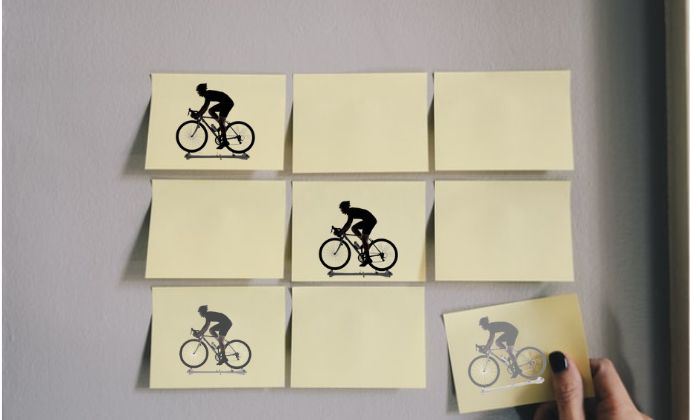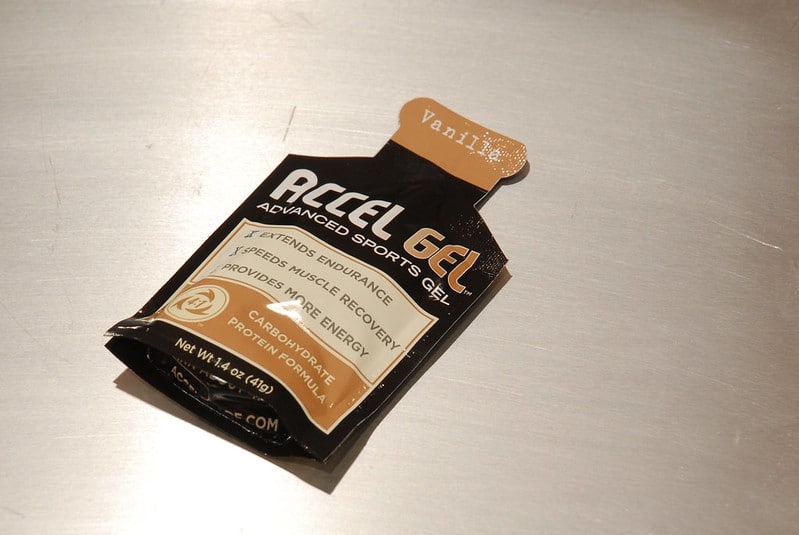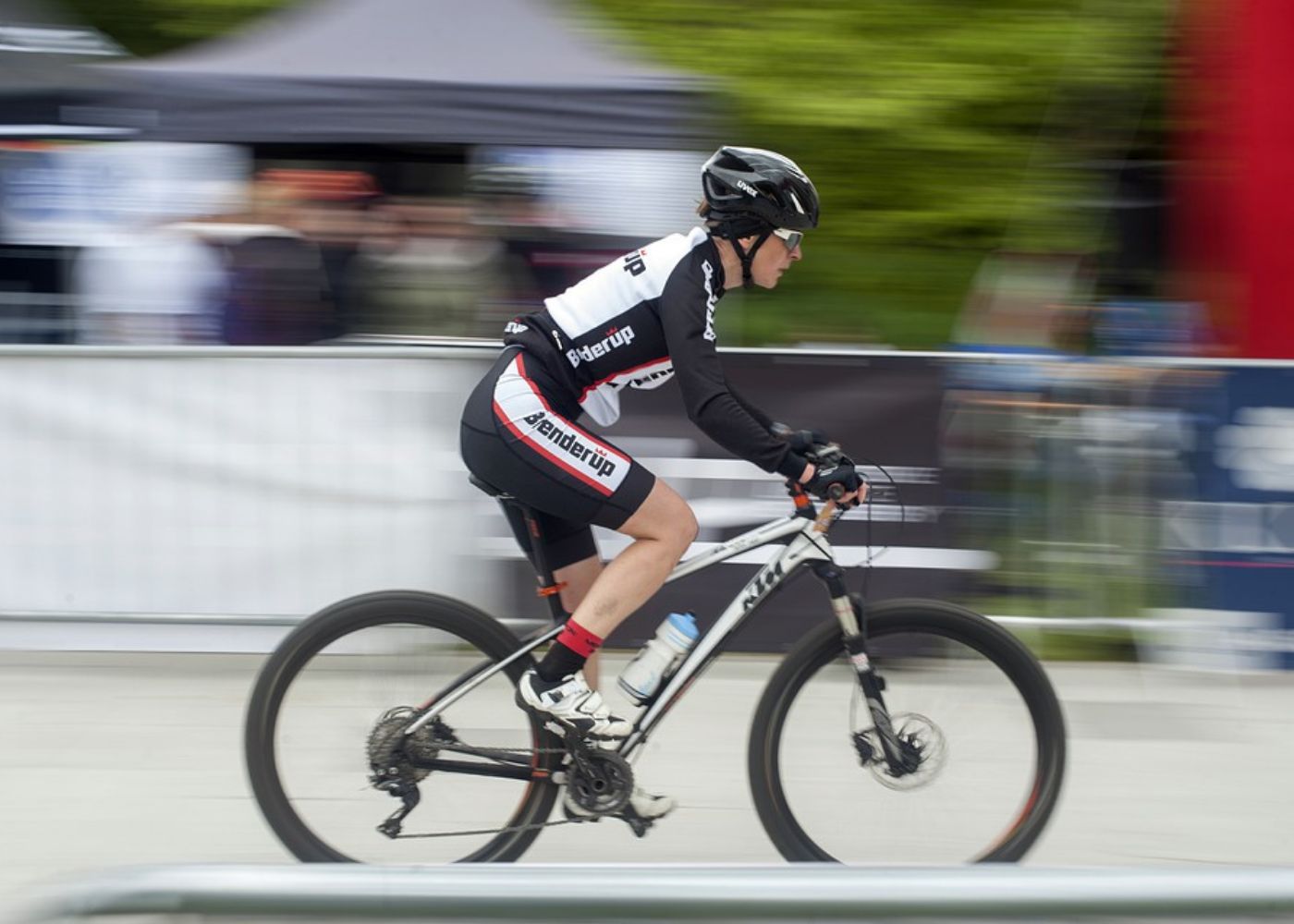Mountain biking is a lot of fun. What’s even more fun is racing your mountain bike. If you have got to this article, you have probably just signed up to race your mountain bike and are looking for advice on how to get ready for it.
Mountain bike racing is a lot of fun, but it is very challenging. There are many aspects to a mountain bike race that you need to think about to be able to race properly and be successful in doing it. This article will tell you what you need to know and how to train for a mountain bike race.
Create a Training Plan

The first thing we need to do is make a training plan. It’s easy to neglect training when you haven’t a plan to stick to. When we start to make a plan, we need to think about a few different things.
Time
How much time do we have to give to it? If you can only spare 5 hours per week, then don’t put 10 hours in. When it comes to training, it’s not all about being on the bike for a tremendous amount of time. It’s more about making the most out of the time you do have.
What is the goal?
When we’re making a training plan, we need to think about what we are training for. Under everything, training is conditioning the body for a task we need to complete, so we need to make sure that we are doing relevant training to suit our goals.
Testing
We need to make sure that the training we’re doing isn’t just challenging us but also it is helping us progress towards our goals. We start our training with a test to see where were are and regularly test every few weeks to ensure we’re heading towards our goals.
We Think You’ll Like It: What Are the Best Mountain Bike Brands?
What to Include in That Training Plan

When it comes to mountain biking, there are a few different things we need to think about when it comes to racing. When putting the plan together, you need to think about the different types of sessions you will be doing to help you get ready for the race. We need to work on our body’s systems and skills for the best results. The Anaerobic system, The Aerobic system, and we also need to work on our technical ability to control the bike.
High-intensity training
Short duration racing is typically very high intensity, so you need to improve it. Doing sessions less than 60 minutes and getting that heart rate elevated is what you need to focus on. Sessions like intervals and power sessions are exactly what you need to be doing to work on your high-end fitness.
This is what we call building our anaerobic fitness system, and this works without the aid of oxygen, and it helps those short sharp efforts. It primarily uses glucose to power itself. A typical High-intensity session is an hour of intervals.
Endurance training
Even if you are racing short distances, it’s still very beneficial to be doing endurance training. Endurance training helps build your base fitness up, and the better your base fitness, the higher you can take the high-end fitness.
We call this our aerobic system, which is used for low-intensity efforts. We use oxygen, carbohydrates, and fats to fuel this system. A typical endurance session would be spending a long time on the bike at a low intensity.
Skill training
We can have all the fitness we need, but if we cannot control the bike well, we will struggle to keep up with everyone on the course. Spending some time to improve your technical ability is vital and is a significant investment when coming to a race.
Having a better ability will give you a lot more confidence and help stop you from falling off. A typical skill session would be spending time on a very technical trail.
Structuring Your Training Plan

Now that we know the different types of sessions, we need to structure a training plan for your race. I highly advise including all different kinds of training sessions no matter what your goal is, as it will hugely benefit your fitness overall. However, the key is to put more time into the right sessions that suit the race the most. Here’s how I would structure my training for different kinds of races.
Short fast race
When it comes to racing short races, you need to focus on the high-intensity sessions more than anything else, so just say you have 8 hours to train each week, your week might look like this.
3 x Power/Interval Sessions (3 Hours)
1 x Skill Session (1 Hour)
1 x Endurance Session (4 Hours)
Long endurance race
When it comes to races where you’re going to be on the bike for a long time, you will benefit from doing longer training sessions. When getting ready for a long-distance endurance race, your week might look a little bit like this.
2 x Endurance Sessions (6 Hours)
1 x Power/Interval Session (1 Hour)
1 x Skill Session (1 Hour)
Rest days
I have only planned 4/5 days of training each week, as you can see above. This is because we need time to rest and for our bodies to recover. Rest isn’t just about being ready for the next session. It’s about letting all the training settle into the body, and it gives it time to make the adaptations, so you become a better cyclist. Getting lots of sleep is vital to making the best recovery possible. Professional mountain bike racers will focus so much on recovery.
Testing
I would highly recommend testing before starting a plan. There are a few ways to test your ability, and whatever test you do has to challenge your fitness and your skill. I would recommend an FTP test and a course test.
Typically, many cyclists who ride a road bike would do an FTP test, which can be done with mountain bike racing. It is a great way to find your level of fitness. Your FTP test will be the highest power average you can hold for 20 minutes and usually will be done on a turbo trainer. To test your riding skill, I would find a local technical course near to you and see how quickly you get round to it and make a note of the time.
I would look to test every 4-6 weeks to ensure that your fitness improves and you are making progress with your training.
We Think You’ll Like It:
What Is a Downhill Mountain Bike
How to Make a Mountain Bike Faster
Nutrition Strategy

When getting ready for your first race, something very overlooked is looking into a nutrition strategy. A nutrition strategy is making sure you are fuelling your body to perform its best. How do we go about getting it right? Firstly like with the training plan, we need to make sure we are fuelling for the event we’re doing.
Short events
For events less than about 30 minutes, we must fuel adequately before the event. You will want to get lost of carbohydrates in before, and it might be worth taking an energy gel with you if you start to run out of energy towards the end.
Medium events
When we think about fuelling for an event that is rough 1-2 hours, we need to make sure we have adequately eaten before and make sure we take some energy gels with us and enough water to keep us fuelled throughout the total duration. Energy gels focus on getting glucose into the system quickly and are perfect for this duration.
Long events
Some mountain bike races can last up to 6 hours and even longer sometimes. When it comes to events like this, we need to make sure to fuel well before and take a couple of gels for when you’re feeling low. Pack some everyday food with you alongside the water you require to get between stations. If all we were to eat for a long race were energy gels, it would make your stomach upset, so including some proper food like a sandwich or flapjacks will make a huge difference and give you the carbohydrates you need for long distances.
Mental Preparation

One thing I think is also very overlooked when it comes to a race such as a cross country race is preparing mentally. Many cross country racers don’t just count on their ability to ride the bike, but the ability to stay calm while at their race pace. So when the race starts, they are not too nervous. They have a plan in mind and can control the energy and emotion throughout.
Although a lot of this comes from experience, I would highly recommend doing a few smaller races before your big primary goal race just to get used to the feeling of being in a race and to teach yourself to be calm and collective.
We Think You’ll Like It: How Much Weight Can a Mountain Bike Hold?
Conclusion
How do we train for a mountain bike race? The most important thing is to have a mountain bike training plan. You want to make sure it has a training session each week to improve your riding skills and both fitness systems, keeping the specific training for your goals.
Being a mountain biker, you want to focus on your off road riding and make sure the climbing power is there if the course is hilly or has technical sections. When training for any race, the most important thing is to train hard and enjoy every moment of the race when it comes round.
